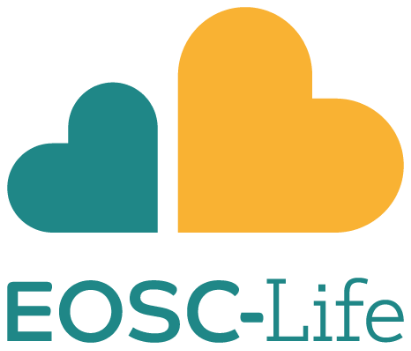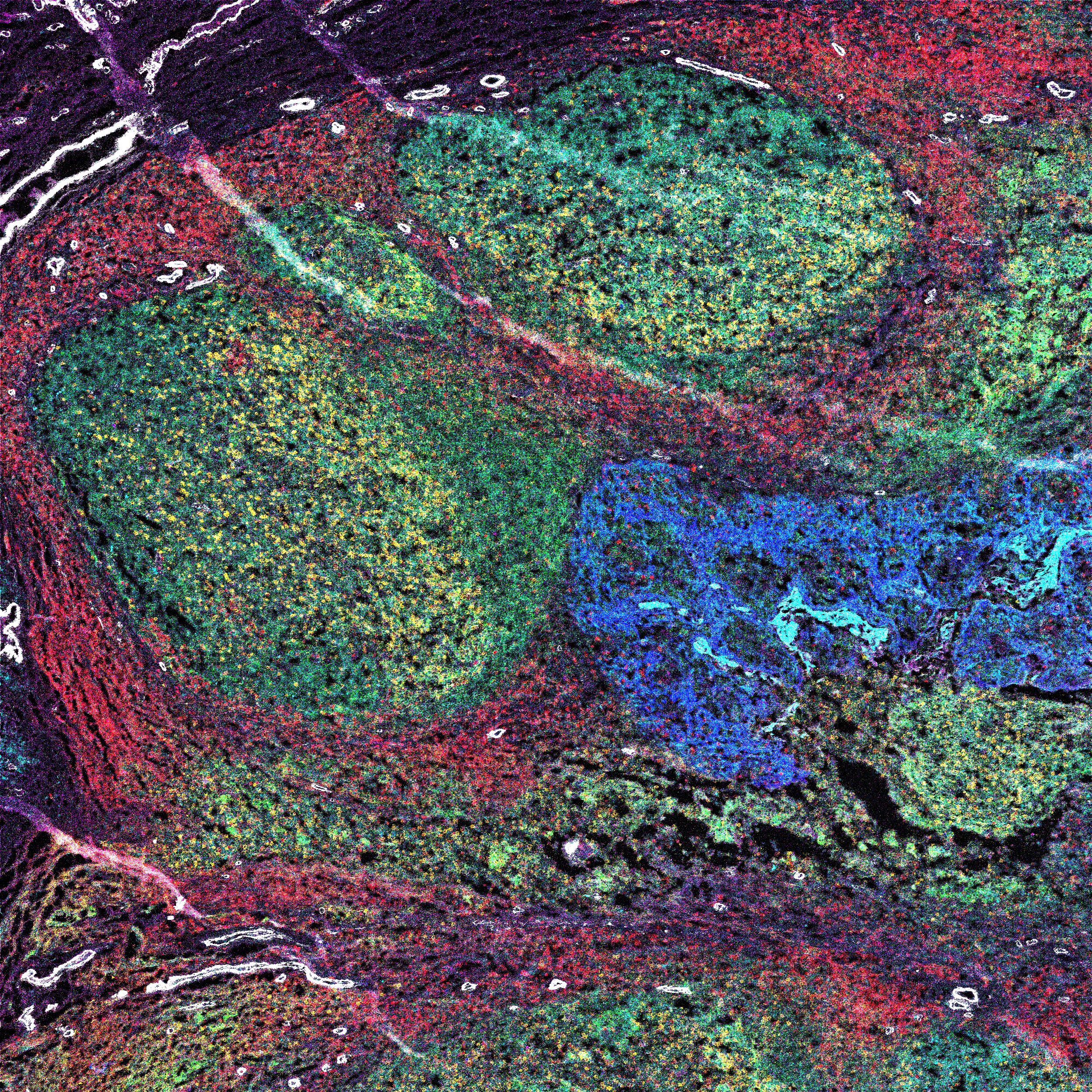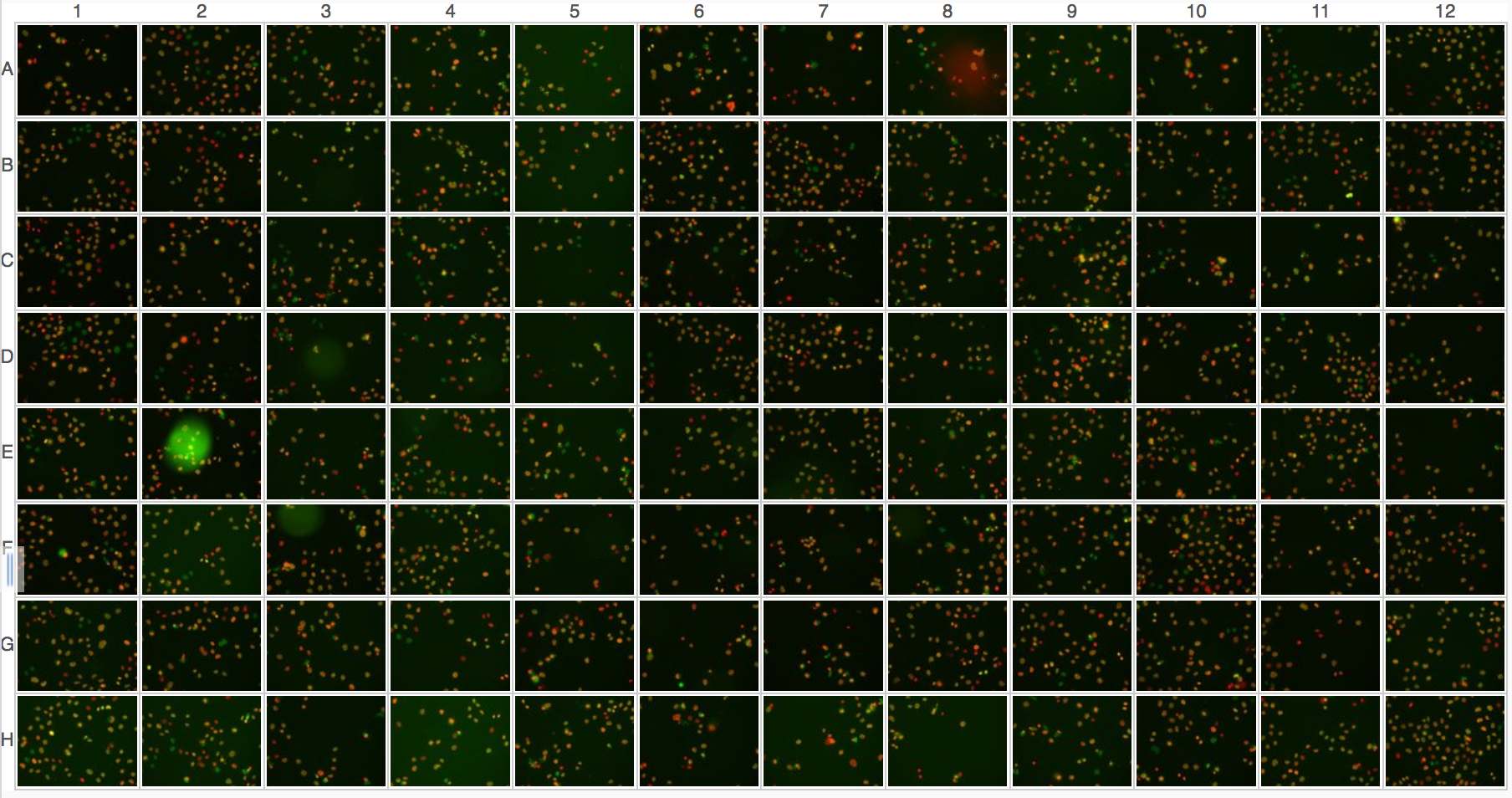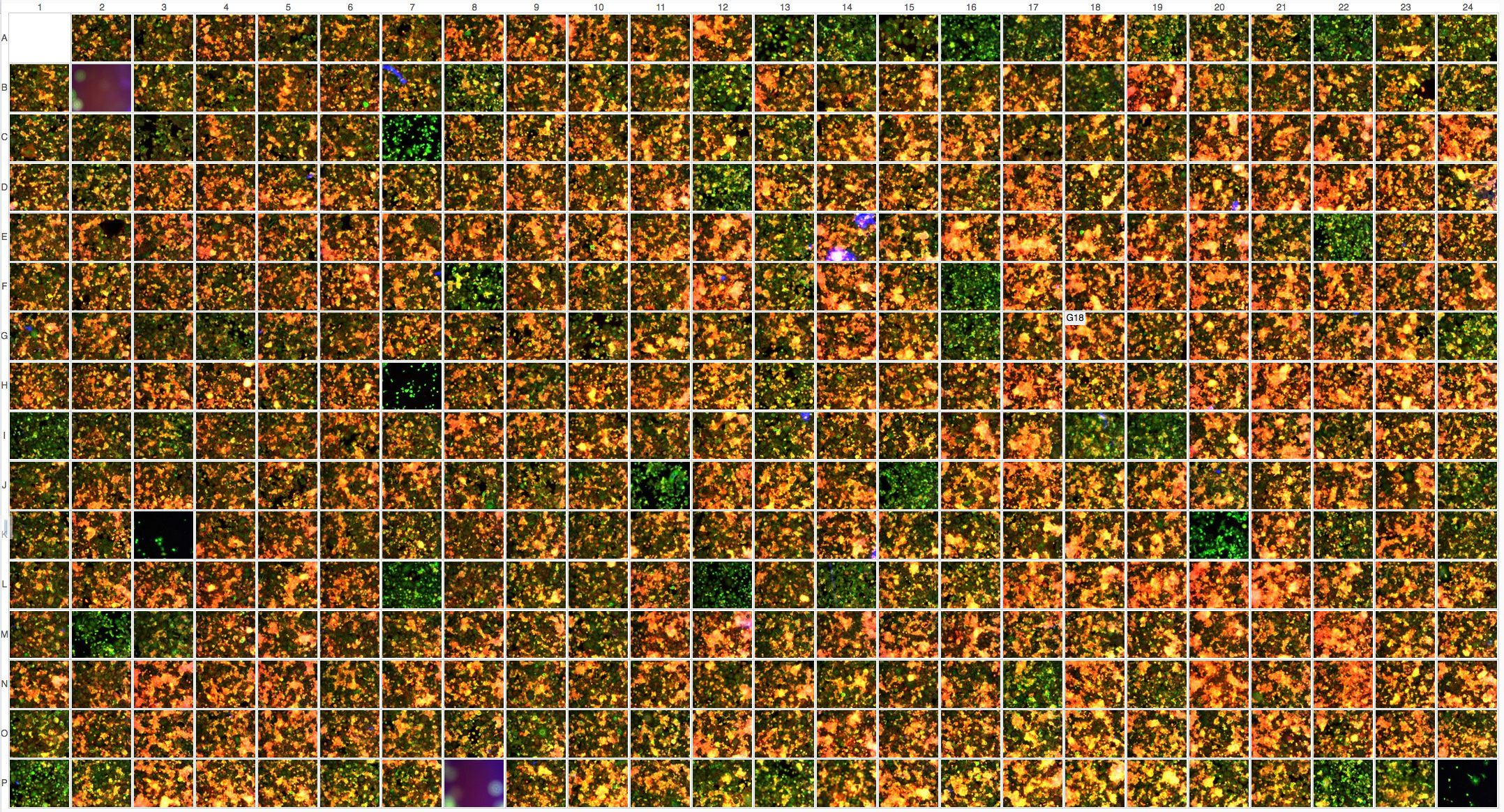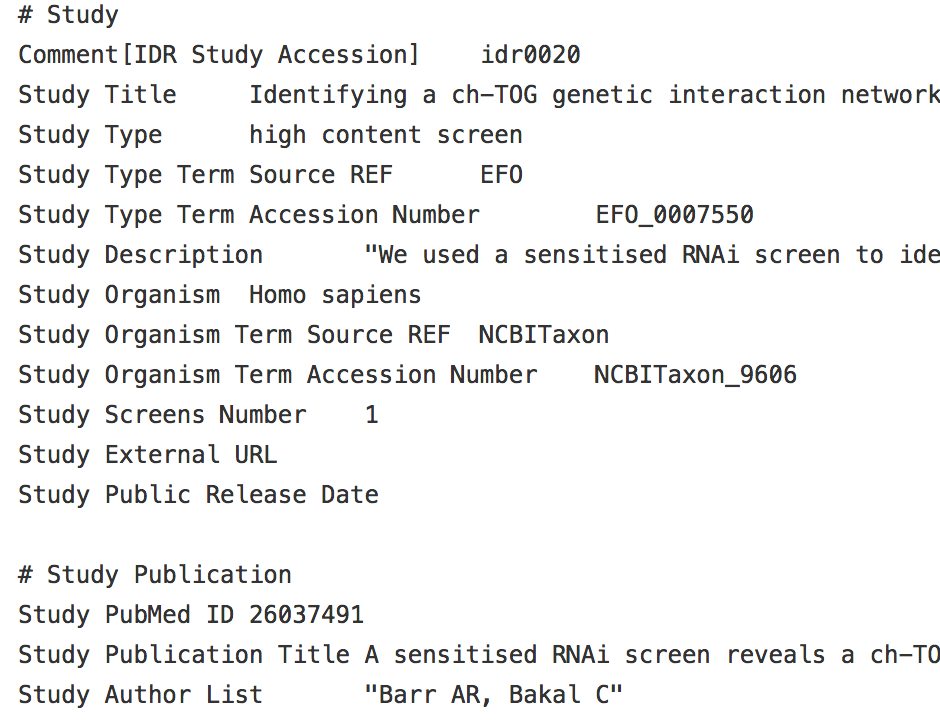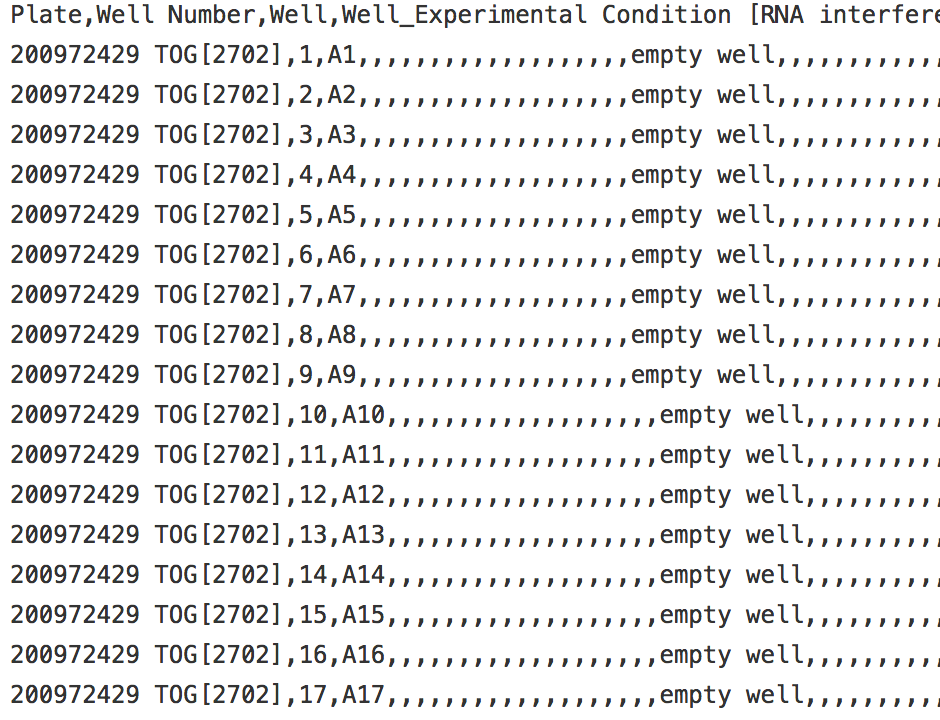How to build and run an international open-data image repository
Simon Li
Open Microscopy Environment
University of Dundee

Overview
- Who, What, Why
- Current deployment
- How did we get here?
- Where are we now?
Who am I?
Software engineer and sysadmin at the OME since 2012
Open Microscopy Environment
A consortium of universities, research labs, industry and developers producing open-source software and standards for microscopy data.
Why do we need the IDR?
Open-science
- Open-data
- Open-access
- Open infrastructure
Don't build new databases from scratch, instead re-use and build upon existing work.
Data should be
Findable
Accessible
Interoperable
Reusable
- A set of guidelines for publishing scientific data endorsed by G20 leaders
- But this is just the minimum
Make it easy for others to use your data
Imaging data is complicated
No it's not

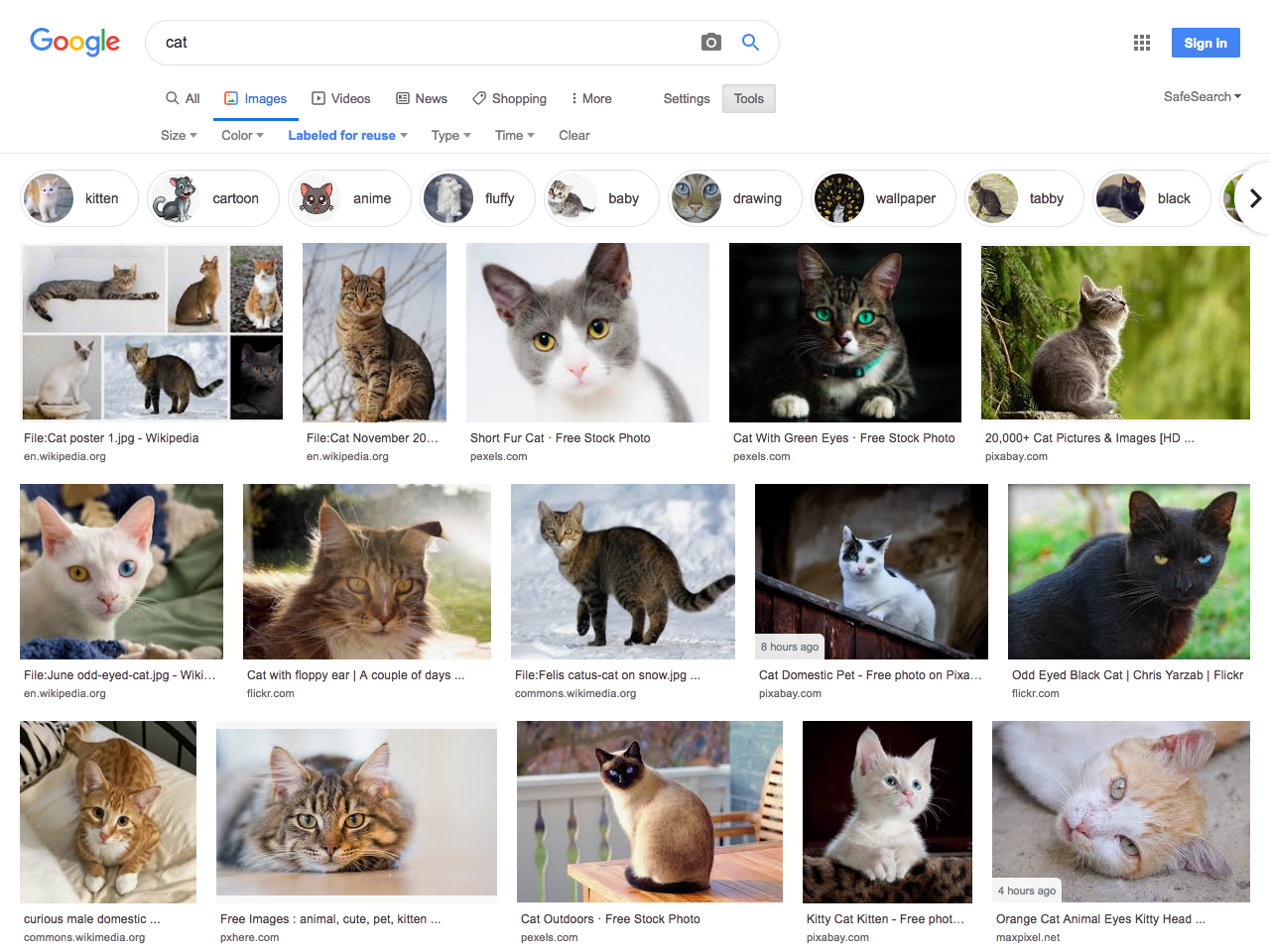
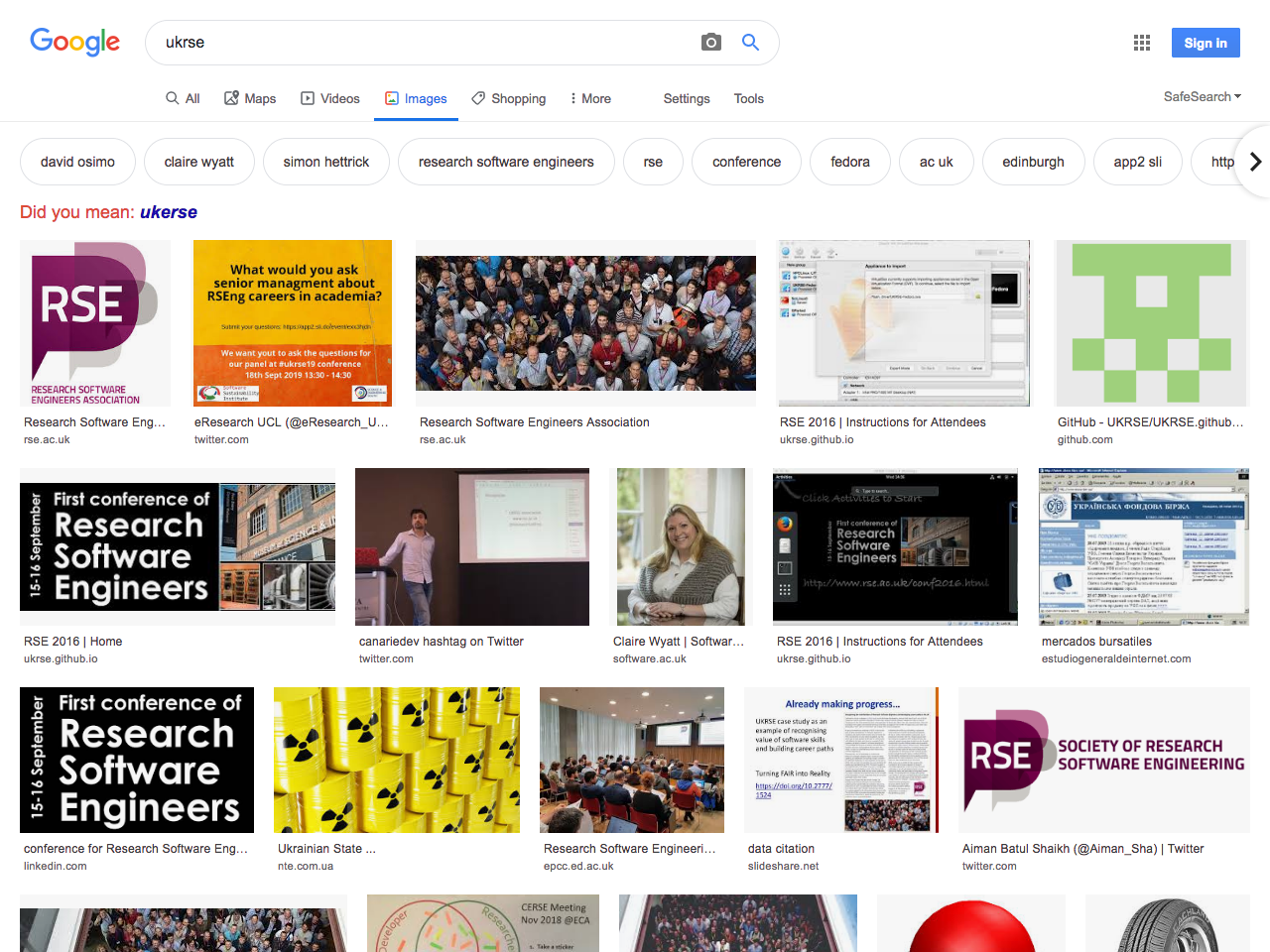

Yes it is!
- 100s of proprietary file formats in the Life sciences
- Many different imaging modalities and scales
▶▶▶ idr.openmicroscopy.org

IDR in numbers (August 2019)
5,341,278 images
19,076,141 files
125 TB
Behind the scenes
OpenStack private cloud
EMBL-EBI
Main components

Data submission and curation
How did we get here?
What we started with

Used by 100s of institutions around the world
↳ At the time University of Dundee server held around 12 TB data
Everything done manually
$ ssh idr.server
# yum install java-1.8.0-openjdk
# yum install python-{pip,devel,virtualenv,yaml,jinja2,tables}
# ...
What was new?
- New hardware: Servers and IBM Spectrum (GPFS) storage array
- New way of working
Demo 1, October 2015




It works... for a bit
- Is it a hardware issue with new servers?
- Is Docker too new and unreliable?
- Bug in the software?
- Something else?
First lesson: Verify your infrastructure at every step
Make sure all layers of your stack are reliable
- Don't try too many new things at once
- Virtualisation is convenient and powerful but you need to trust all layers
Demo 2, May 2016
OpenStack at EMBL-EBI with Ansible:
- Relatively easy to setup
- Just requires SSH access to servers
- Everything configured with YAML
One command can provision new servers, configure networking and storage, and install the IDR, reproducibly: IDR/deployment
It works... for a bit
We have a scaling problem, OMERO just wasn't designed for the amount of data and frequency of access. These problems only occur on a big system like the IDR.
How do you debug and test a 50+ (now 100+) TB system?
Official release: April 2017
Where are we now?
Who's working on the IDR?
 Sebastien Besson
Sebastien Besson
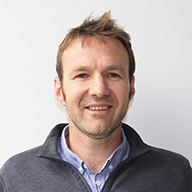 Jean-Marie Burel
Jean-Marie Burel
 Mark Carroll
Mark Carroll
 David Gault
David Gault
 Riad Gozim
Riad Gozim
 Simon Li
Simon Li
 Dominik Lindner
Dominik Lindner
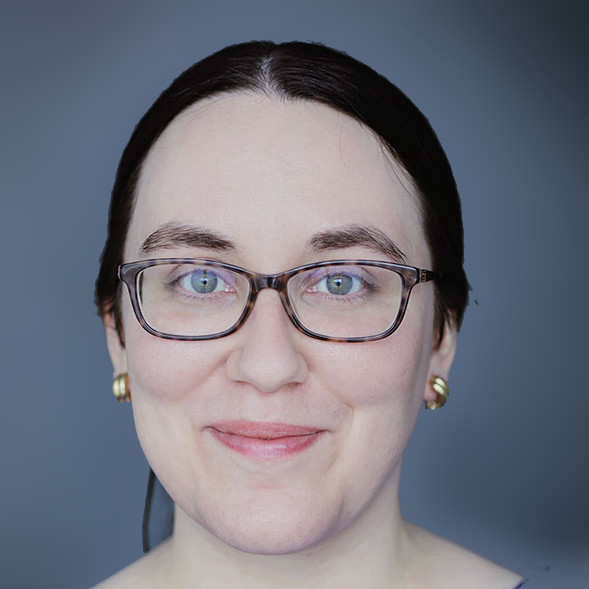 Melissa Linkert
Melissa Linkert
 Josh Moore
Josh Moore
 Will Moore
Will Moore
 Petr Walczysko
Petr Walczysko
 Frances Wong
Frances Wong








 QA/Tester
QA/Tester
Curation: A critical factor in the success of the IDR (remember: FAIR)
- Metadata for millions of images is manually curated
- Constant stream of new datasets
This is one of the largest public bioimage publication systems running in the world
- Publically available
- Recommended by journals as a data repository
- Whole stack is available on GitHub
 Jason Swedlow
Jason Swedlow
 Sebastien Besson
Sebastien Besson
 Jean-Marie Burel
Jean-Marie Burel
 Mark Carroll
Mark Carroll
 David Gault
David Gault
 Riad Gozim
Riad Gozim
 Simon Li
Simon Li
 Dominik Lindner
Dominik Lindner
 Melissa Linkert
Melissa Linkert
 June Matthew
June Matthew
 Josh Moore
Josh Moore
 Will Moore
Will Moore
 Petr Walczysko
Petr Walczysko
 Frances Wong
Frances Wong


 Rafael Carazo-salas
Rafael Carazo-salas
 Alvis Brazma
Alvis Brazma
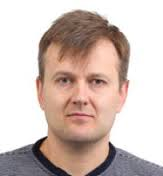 Ugis Sarkans
Ugis Sarkans
 Simon Jupp
Simon Jupp
 Tony Burdett
Tony Burdett

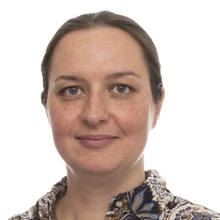 Aleksandra Tarkowska
Aleksandra Tarkowska
 Anatole Chessel
Anatole Chessel
 Richard Ferguson
Richard Ferguson
 Helen Flynn
Helen Flynn
 Kenny Gillen
Kenny Gillen
 Roger Leigh
Roger Leigh
 Simone Leo
Simone Leo
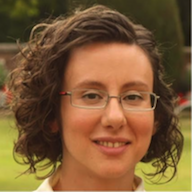 Gabriella Rustici
Gabriella Rustici
 Eleanor Williams
Eleanor Williams
Former
members


